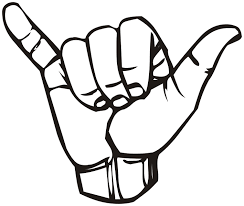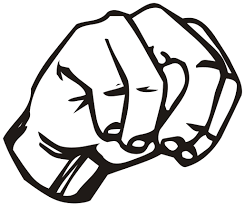One of the biggest challenges I face (and I believe many other teachers) in classroom management is developing patience enough not to shout at my kids.
Makes me wonder how my teachers did it with class sizes of 40 some students per class.
No wonder some of them broke down.
Hyper, egotistical children gathered together in a small room, having to stay still and listen intently for hours on end every day... let's just face it - it's not realistic huh?
But still, we teachers are given the hugely daunting task of having to somehow balance being kind and loving to these children, whilst maintaining order in the classroom - enough to be able to dispense at least some knowledge to them.
Having a personal relationship with each and every one of them helps.
Another little tip I learned from Rick Smith's workshop is hand signals.
These are basically visual cues used by the teacher to convey a message to the kids.
Currently, I've implemented just a few hand signals in my class:
3 middle fingers out means W for water.

Crossing fingers means R for Restroom.

Thumb and last finger out for Y, Yes.

Thumb between 3rd and 4th finger is N for No.

Basically these hand signals are used when students want to communicate with the teacher in the class at any point in time. This minimizes any shouting as well as any misunderstandings such as.
Teacher:"Who knows the answer to Q3?"
Tommy puts his hand up.
Teacher:"Yes Tommy?"
Tommy:"Can I go to the toilet?"
Conversely, here's how to use hand signals:
Teacher is leading a discussion. Tommy signals R for restroom, teacher acknowledges with either a Y for Yes or N for No, discussion is uninterrupted.
Yeah, very useful.
Try it!
Let me know if it helps! ;)
